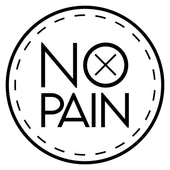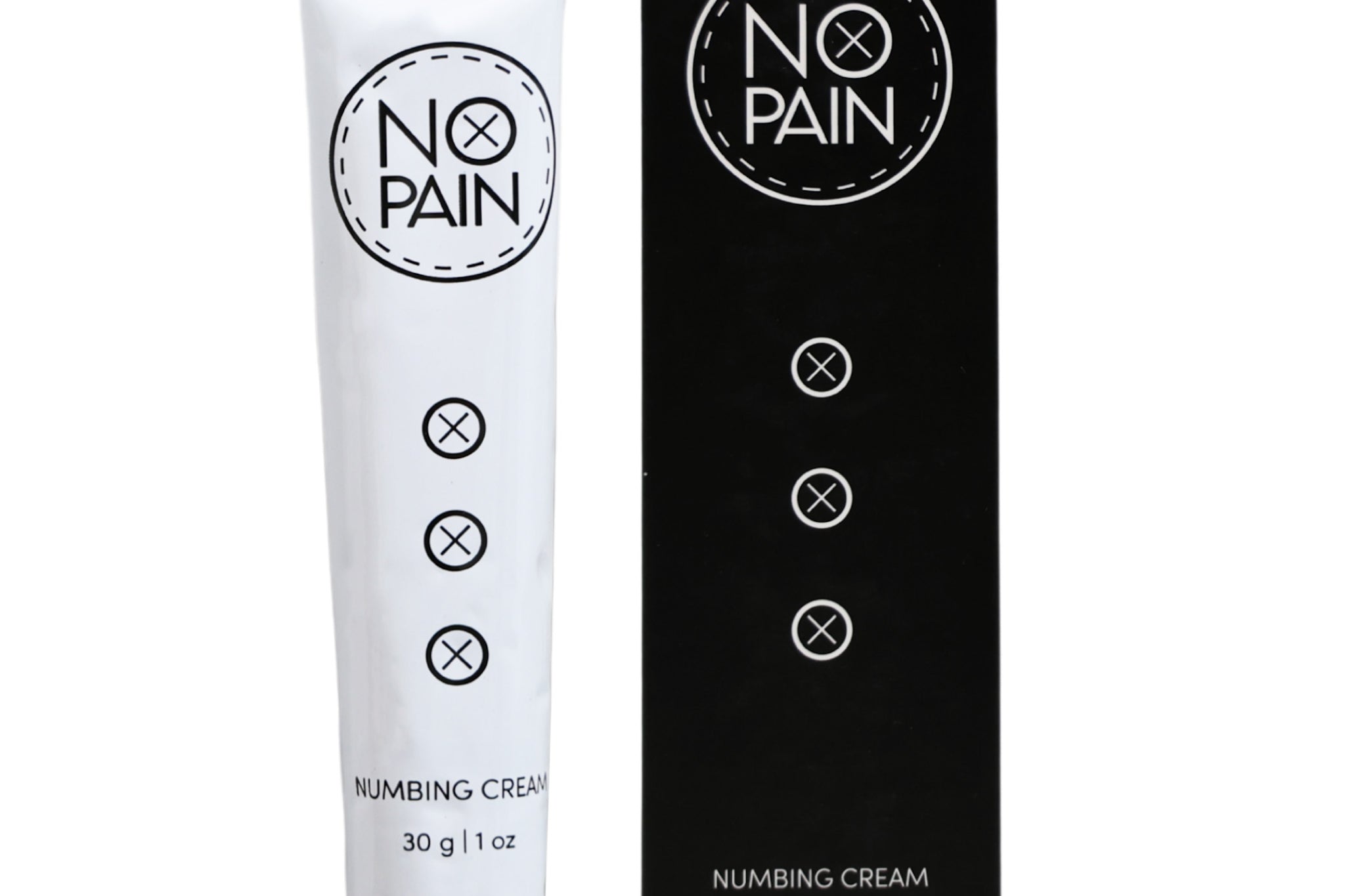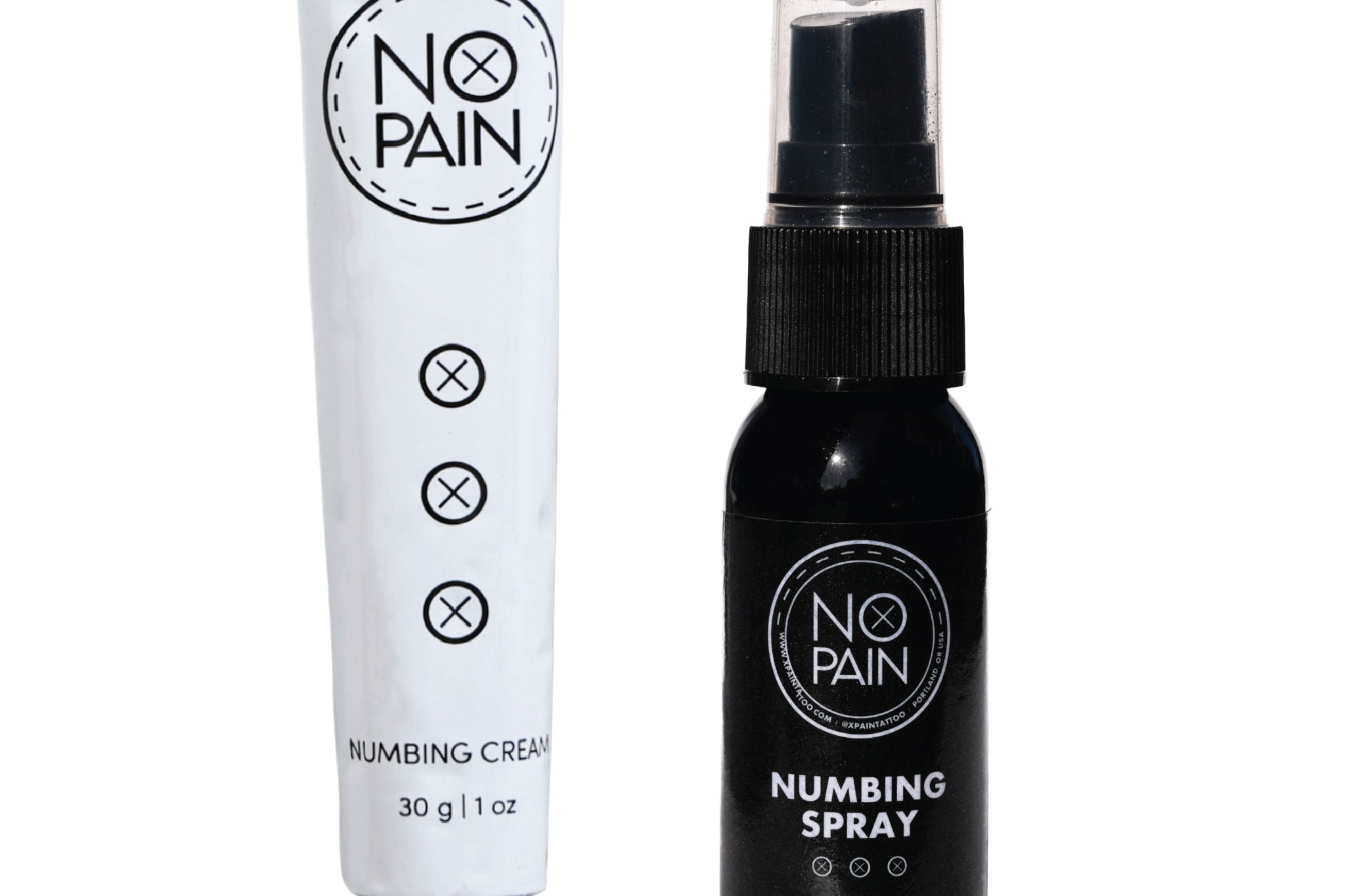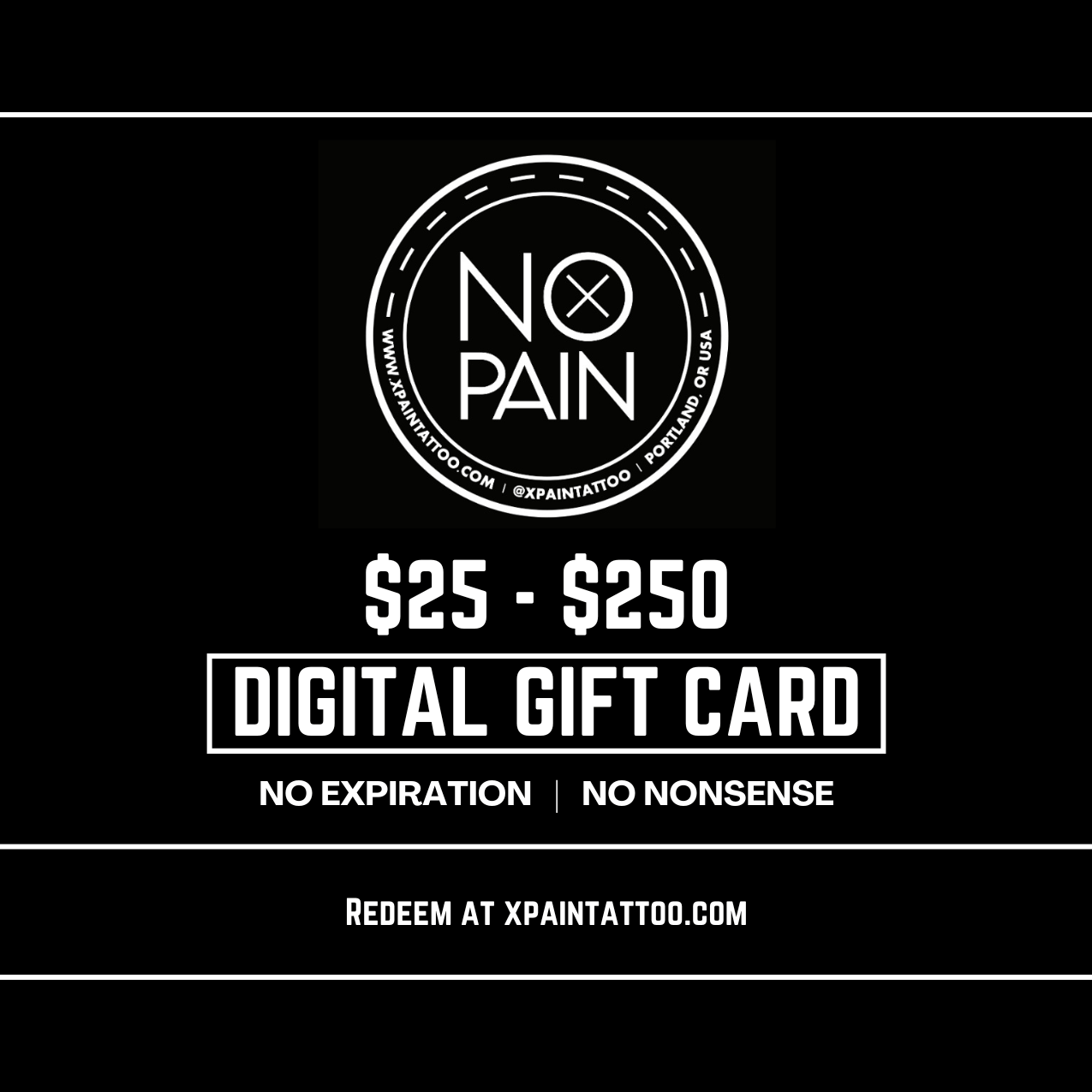Some of the most popular and aesthetically pleasing tattoo placements are also the most difficult to heal. The inner bicep, the inner thigh, the hip, and the ditch of the elbow or knee are all prime real estate for beautiful art, but they share one major challenge: constant friction.
The daily rubbing from your own skin, clothing, and bedsheets can turn the tattoo healing stages into a nightmare of irritation and potential damage. How to care for a new tattoo in one of these high-friction zones requires a special strategy and a flawless aftercare routine.
This is your complete guide to the challenges and solutions for healing a tattoo in a difficult, high-friction area.
Why Friction is the Enemy of a New Tattoo
A new tattoo is a delicate, open wound. Friction is a form of repeated physical trauma that can cause a cascade of problems:
-
Constant Irritation: The continuous rubbing keeps the skin in an angry, inflamed state. This means your sore tattoo stays sore for longer and the redness persists.
-
Premature Scab Removal: Friction can easily rub off the delicate flakes and scabs before they are ready to fall off. This is a primary cause of ink loss, leading to a patchy, faded tattoo that will require a touch-up.
-
Increased Infection Risk: The chafed, irritated skin has a compromised barrier, making it much more vulnerable to bacteria from your clothing or the environment.
Your Aftercare Action Plan for High-Friction Tattoos
1. The Right Clothing is Your First Line of Defense
For the first two weeks, your clothing choice is critical.
-
Avoid: Tight jeans on a hip or thigh tattoo, restrictive shirt sleeves on an inner bicep tattoo, or any rough fabrics like wool or denim.
-
Choose: The softest, loosest-fitting cotton clothing you own. The goal is to create as much space and airflow as possible between the fabric and your healing tattoo.
2. Soothe the Inevitable Irritation
Even with loose clothing, some irritation is unavoidable. You need a tool to calm the angry skin.
-
The Solution: Our No Pain Tattoo Soothing Gel is the perfect product for this. Its cooling, anti-inflammatory formula provides immediate relief to chafed, irritated skin and helps to calm down the redness and persistent soreness. It's the ideal way to manage the itchy tattoo phase, which can be particularly bad in these areas.
3. Create a Protective, Breathable Barrier
A high-quality moisturizer is your best defense against the damaging effects of friction.
-
The Best Tool: Our No Pain Tattoo Aftercare Balm is essential for these placements. Unlike a thin lotion that absorbs too quickly, our balm creates a gentle, protective barrier on the skin. This lubricated layer helps reduce the friction from clothing, while still being completely breathable to allow the skin to heal properly.
4. Keep It Impeccably Clean
Sweat and lint from clothing can get trapped against the tattoo, increasing the risk of infection and leaving you wondering, "is my tattoo healing properly?"
-
The Cleanser: You must gently wash the area 2-3 times a day. Our No Pain Tattoo Cleansing Foam is perfect because it cleans effectively without the need for any harsh rubbing on the already irritated skin.
The Verdict: Healing a tattoo in a high-friction zone requires more diligence and a more specialized routine. Be prepared for a slightly longer and more uncomfortable heal. However, by choosing the right clothing and using a professional aftercare system designed to soothe, protect, and clean, you can successfully navigate the challenges.
Our No Pain Tattoo Aftercare Bundle provides the complete toolkit you need to protect your art in even the most challenging placements.




